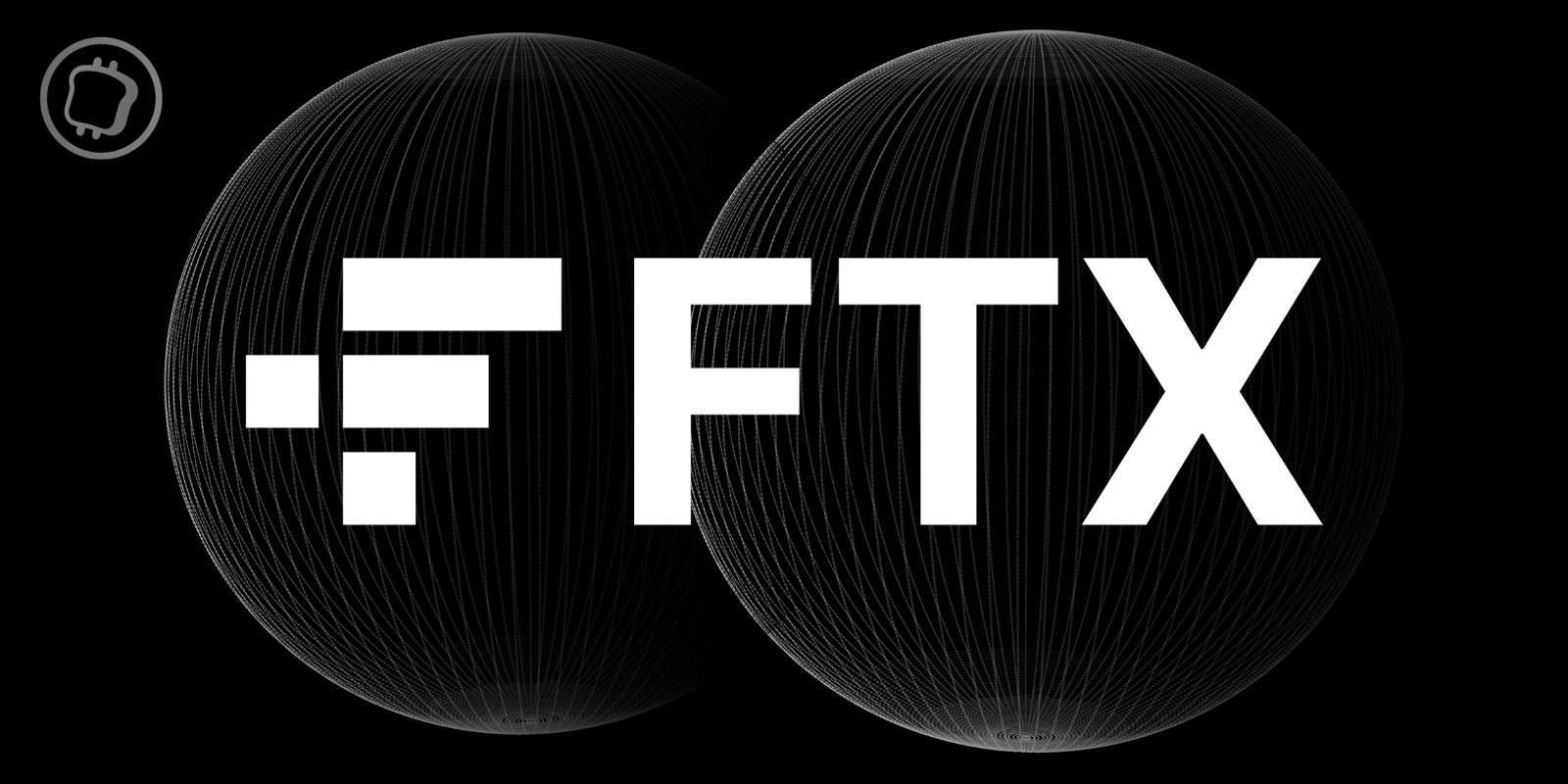
Technology has drastically changed how we live, work, and create art. In recent years, expert Dinah Jean-Philippe in Miami, FL, says technology has profoundly impacted the art industry, allowing for new ways to develop, market, and experience art. From revolutionary new technologies to more traditional art production methods, let’s explore how these new modes of technology transform the way we think about art.
3D Printing & Automation
Dinah Jean-Philippe says 3D printing and automation are two of the most revolutionary technological advances that have impacted the art world. 3D printing allows artists to create complex structures in a fraction of the time it would take to do so by hand. Artists can quickly experiment with different shapes and sizes without worrying about cost or time constraints. Automation has also allowed artists to streamline their workflow and become more efficient at creating their work. Automation can automate tasks such as painting, sculpting large artwork, or even creating digital sculptures from scratch. Automation also makes it easier for artists to produce multiple copies of their work with minimal effort.
Social Media Platforms
Social media platforms like Instagram and YouTube have revolutionized how people experience and share art. Artists now have an unprecedented level of access to audiences around the world through these platforms. This means they can reach more potential buyers than ever before and connect with fans who may not have known about their work. It also gives them a platform on which they can showcase their work and engage with followers on a personal level, something previously impossible before social media emerged onto the scene.
E-Commerce Platforms
Dinah Jean-Philippe says E-commerce platforms like Etsy and Big Cartel provide a convenient forum for artists to sell their artwork online without investing in costly brick-and-mortar stores or storefronts. These platforms make it easy for customers worldwide to purchase artwork directly from an artist’s website without worrying about shipping costs or delays due to international borders. For many independent creators trying to make ends meet in an increasingly competitive market, e-commerce platforms offer a much more viable option than traditional retail stores selling their artwork online.
AI and Machine Learning
AI and machine learning are two areas of technology that have the potential to revolutionize the art industry. AI can automate various aspects of creating artwork, such as painting or sculpting. This could speed up production time and allow artists to focus more on the creative part of their work.
Machine learning algorithms are capable of designing artwork from scratch — this genre is known as generative art. Rather than relying on the artist’s interpretation of creativity, it utilizes various algorithms. These algorithms extract data from existing pieces of artwork and use them to create a mathematical foundation deemed as ‘parameters.’ These parameters allow artists to construct unique and interesting masterpieces never before seen. An enriching new realm of self-expression where no two pieces of work ever appear exactly alike!
VR & AR
Dinah Jean-Philippe says that Virtual Reality (VR) and Augmented Reality (AR) have also had a significant impact on the way we experience art. VR and AR are immersive technologies allowing users to interact with artwork impossibly. With these technologies, artists can now create interactive experiences for viewers that combine physical and digital elements, allowing them to engage with their artwork on a much deeper level.
The Future Of Art & Technology
As the world continues to evolve and new technologies are created, we will inevitably change how we make and experience art. It is an exciting time for artists with access to these incredible technological tools, as they can now explore unprecedented levels of creativity and engagement with their work. As technology advances, the possibilities for art and technology are endless. How we experience art will only become more immersive, interactive, and personalized as time goes on.
Dinah Jean-Philippe says the future of art and technology is inspiring, but it also carries a certain degree of uncertainty. As technology advances, there will undoubtedly be growing pains, and artists and creators must understand the implications of these changes. With proper guidance and preparation, however, the future of art and technology is sure to be exciting.
Conclusion:
Technology has undeniably transformed how we think about art—from its production down to its consumption—and it continues to evolve daily as new technologies emerge onto the scene. Whether you’re an aspiring artist looking for better ways of creating your work or an experienced professional looking for new opportunities online, there’s no denying that technology is playing an increasingly important role in shaping our perception of what constitutes “art” in today’s world — both on and offline! Ultimately, technology is providing us with incredible new tools that are making it easier than ever before for creators everywhere to express themselves creatively through art while engaging with audiences near and far alike.
You may be interested in: Artwork Management Software: Top 5 Benefits of an Online Solution

















